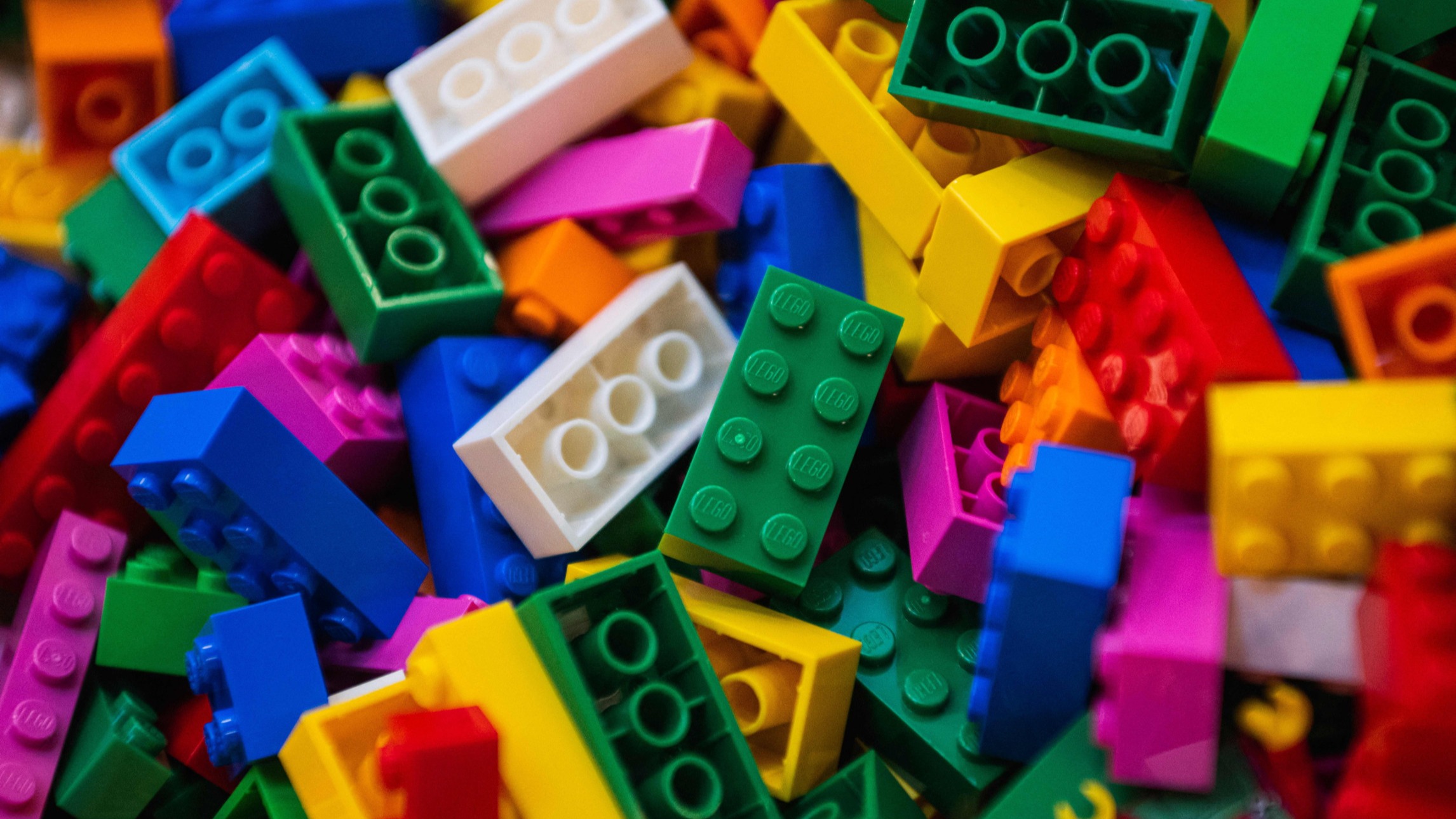Lego faces sustainability hurdles in its quest to replace oil-based plastics, revealing the complex trade-offs in green innovation, reports the Financial Times. The journey underscores the intricate balance companies must navigate in environmental endeavor.
When Green Ambitions Meet Reality: Lego’s endeavor to revolutionize its iconic bricks reveals the intricate and often challenging journey of sustainable innovation. How does a global leader in toymaking navigate the labyrinth of sustainability, and what can we learn from its experiences and continuous commitment to a greener future?
Lego, renowned for its commitment to sustainability, has encountered a significant challenge in its quest to replace oil-based plastics in its iconic bricks, as reported by the Financial Times. This development illustrates the intricate dilemmas and trade-offs inherent in sustainability endeavors, even for companies with a strong environmental ethos.
Contextual Background:
In a previous post, we discussed Lego’s ambitious pledge to achieve net-zero emissions by 2050 and its $1.4 billion investment in sustainability, emphasizing its proactive approach to addressing climate change and its dedication to sustainable innovation. This commitment included a holistic carbon strategy encompassing the entire operations and value chain of the company, from raw material sourcing to product end-of-life.
Recent Developments:
However, Lego’s high-profile effort to develop a sustainable alternative to oil-based ABS plastic has faced unforeseen complications, leading to the abandonment of the prototype brick made from recycled plastic bottles. The new material, recycled polyethylene terephthalate (RPET), was found to increase carbon emissions over the product’s lifetime due to the necessity for new equipment and extensive energy for processing.
The Sustainability Conundrum:
This setback underscores the multifaceted nature of sustainability efforts and the complex decisions companies must make to balance different environmental targets, such as reducing carbon emissions and eliminating the use of fossil fuels.
Innovative Solutions and Continuous Commitment:
Despite the challenges, Lego continues to explore innovative solutions and remains steadfast in its commitment to sustainability. The company is now focusing on making each component of ABS more sustainable by gradually incorporating more bio-based and recycled material and is investing in initiatives to develop potentially circular materials that can be recycled and reused.
Conclusion:
Lego’s experience serves as a reminder of the complexities and trade-offs involved in the pursuit of sustainability. The company’s unwavering dedication to finding innovative solutions and its continuous investment in sustainability are commendable and set a precedent for other corporations striving to fulfill their environmental responsibilities.
Source: Financial Times






Comments ()